OROVILLE — With some critical cuts put off another year and a pending sales tax increase, the Butte County Board of Supervisors is going forward with its 2024-2025 fiscal year budget with hopes that voters approve of the proposed revenue stream.
On Tuesday, the county presented its $1.1 billion budget for the coming fiscal year and thanks to some additional grant funding, the budget is larger than last year’s while also maintaining a status quo for services that briefly found their way onto the 2023 chopping block.
Chief Administrative Officer Andy Pickett noted that balancing a budget using one-time funds was not ideal and that there will likely be cuts next year. Pickett added that the use of one-time funding this year will give the county time to plan pending the voters’ decisions on the 1% sales tax measure that will be on the November ballot.
“This is not typically good budget practice,” Pickett said. “That is because one-time funds go away and then at the end of the year you still have those costs and you end up with a shortfall the following year. So the reason we use one-time funds is because the shortfall of revenue to pay for costs has caused a reduction in services and the board has now approved a ballot measure to go on the ballot in November. Using a one-time cost allows services to be carried through the year so that voters can have the ability to decide whether to keep or reduce the services next year.”
While the $1.1 billion seems like it gives the county plenty of leeway, only about 15% comes from local revenue and can be spent at the board’s discretion. Assistant Chief Administrative Officer Meegan Jessee said this year’s general fund totals out at about $257.7 million, but realistically the operating budget is $236.3 million once restricted funds from grants and allocations are factored out.
“I appreciate that is a somewhat confusing distinction, but it provides the county an effective tool to make sure restricted dollars end up where they are supposed to,” Jessee said.
The rest of the seemingly massive budget is restricted to state mandates and other specific needs deemed as such by the state of California and therefore cannot be used for general purposes such as county services and operating costs.
Just shy of $892 million of the Butte County 2024-2025 fiscal year budget comes from government revenue with the largest amount, 35%, coming from state revenues followed by 31% from federal revenues. About 10% comes from charges for services with other financing sources and property taxes each bringing in an additional 9%. From there, it drops down to 2% from sources labeled by the county as “other.” The local sales tax, licenses, fines and investments each bring in only about 1% of the total revenue.
While the board unanimously approved the budget on Tuesday, an adopted budget resolution still needs to be prepared and will be officially voted on July 30.
The following breaks down where the county’s highest operational costs will go, though not all of the following departments are funded through the general fund. Some receive state and federal funding that is mandated to go toward specific areas.
Public safety
Sitting in on Tuesday’s budget meeting, the room was clearly quieter and somewhat emptier than last year.
For the 2023-2024 budget hearing, the board chambers were packed with community members with many having to stand as the seats were quickly filled. One particularly contentious item during last year’s hearing was the proposed closure of three Amador fire stations during the winter months. This would have directly impacted areas such as Berry Creek and Stirling City.
Many residents from rural parts of the county showed up to support keeping the fire stations open in case of emergency. Even those who live in communities such as Magalia noted that if there were an emergency in nearby areas without a fire station, it could temporarily take from their resources.
The vocal support helped prompt the board to vote in favor of using contingency funds to keep the stations open. However, this year, thanks to grant funding, the fire stations will be able to remain open for one more winter.
This year, the Butte County Fire Department will have a budget of $26,248,276 with 89.5 contracted positions. In his presentation before the board, Pickett noted two considerations for the budget including the one-time costs that are being used to keep the fire stations open year-round as well as the department’s shift to a 66-hour work week.
In terms of public safety, the Sheriff’s Office saw the heftiest budget at $71,124,292 with 294 total positions. Much like with the fire department, one-time funds will be used to keep operations where they are at rather than making cuts. Additionally, 10 correctional deputy positions will be added in relation to the jail expansion. American Rescue Plan Act funds will help pay for an upgrade to the jail’s security system.
Meanwhile, the probation department is looking at $24,281,415 with 152 employees. One vacant position was eliminated and two positions that were previously scheduled to end became regular positions. Five other sunsetting positions were extended thanks to grant funding.
One area that has seen considerable turmoil in recent years has been the Butte County District Attorney’s Office. Because of a lack of competitive pay and benefits, the office has struggled to maintain adequate staffing, leading to strenuous caseloads on prosecutors. District Attorney Mike Ramsey has spoken at length about the topic before the board in previous meetings.
The total budget for the DA’s office this year will be $16,916,151 million with 90 positions. This includes one new position funded by outside sources and the extension of two positions. Pickett’s presentation also stated that changes at the legislative level as well as a backlog from the COVID-19 pandemic has also added to the overall caseload.
Infrastructure
One of the largest operational cost budgets goes to capital projects to the tune of $130,361,070. In recent years the county has identified a number of improvements to infrastructure — many of which are at critical stages. This includes big-ticket items such as Behavioral Health one-stop locations in Oroville ($18.5 million), Gridley ($10.4 million) and Paradise ($3 million).
Capital projects also consist of upgrades and updates like heating, ventilation and air conditioners throughout county properties as well as additional resources such as generators, security work and general improvements.
Second to capital projects in terms of infrastructure is community development with a budget of $112,043,887. This handles a combination of county needs including but not limited to repair work, planning and code enforcement but specifically covers aspects like grant application for additional funding. This also ties in to development services, which has a budget of $8,401,818 with 46 positions. Development services directly covers code enforcement activities, fire recovery and planning activities related to housing.
The Butte County Public Works Department’s budget was set at $89,637,635 with 114 positions. This looks at things like road repair projects as well as the Ord Ferry Bridge Construction project.
General services will have a $20,025,907 budget with 53 positions.
Administration and the board
Butte County Administration, Pickett and Jessee’s department, has 25 positions and a budget of $8,895,239. While one vacant deputy position was taken away, one account clerk position has been extended. This department heads the county and oversees operations as a whole while also reporting to the board during meetings typically twice a month.
The board itself has a budget of $2,853,577 and 10 positions. In relation, the county counsel has a $1,952,185 budget with 10 employees. This covers ongoing legal issues and the county’s representation by Brad Stephens.
The Clerk-Recorder’s Office, which also oversees elections, has a budget of $5,557,812 million and 23 positions. Pickett had said in his presentation that this also factors in the November election and the additional resources and staffing that will likely be needed in the time leading up and directly after the election.
Other areas
This year, the Butte County Department of Social Services has the largest budget of $210,306,279 with a total of 662 positions. The department is looking at a series of upcoming projects and planning areas such as the local master plan on aging, homelessness as well as housing navigation, CalWORKS and the implementation of the Families First Prevention Act — a state-backed push to bolster services related to child protection. Branching off of social services is Child Support Services with $9,589,931.
Behavioral Health, much like social services, is seeing a number of changes and projects as well such as the new Sobering Center and Mental Health Residential Center. Its budget is set at $104,130,845 with 441 employees.
Public Health is looking at $36,042,032 with 208 positions after removing three vacant positions and extending 15 term positions.
Last year, library hours were at stake and saved at the last minute by the board using contingency funds not unlike the fire stations. With one-time grant funding, the libraries will remain operational in their currently reduced state through the fiscal year with a budget of $4,563,759 and 24.5 positions. This includes donation funds.
Other department budgets include the assessor’s office with $4,722,554, agriculture with $3,112,728 and the auditor-controller’s office with $2,074,581.
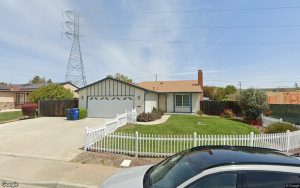



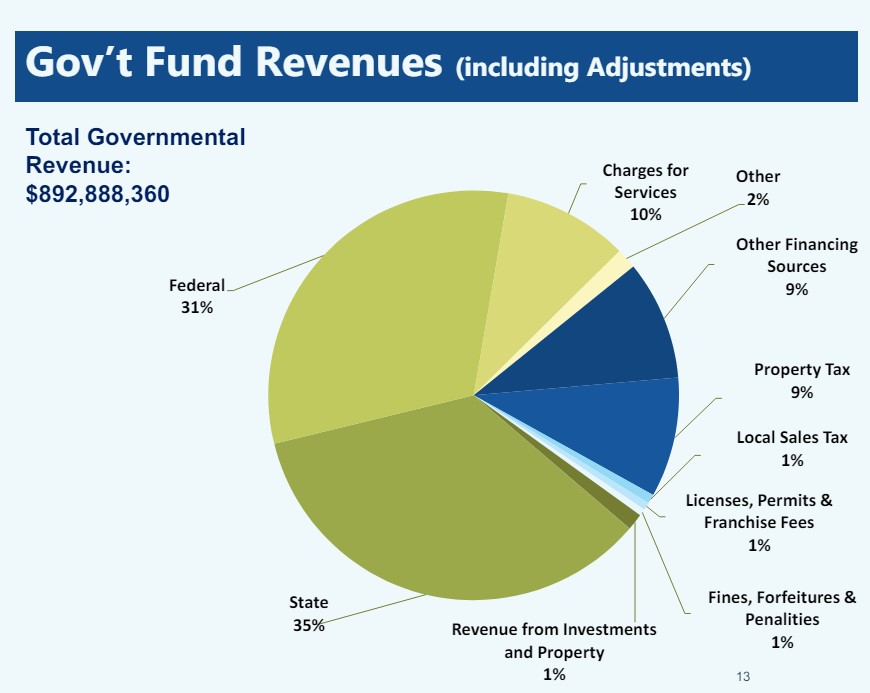
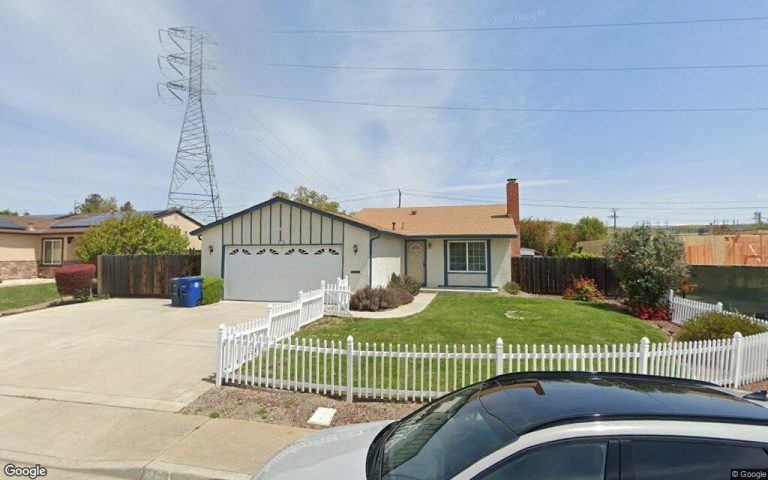


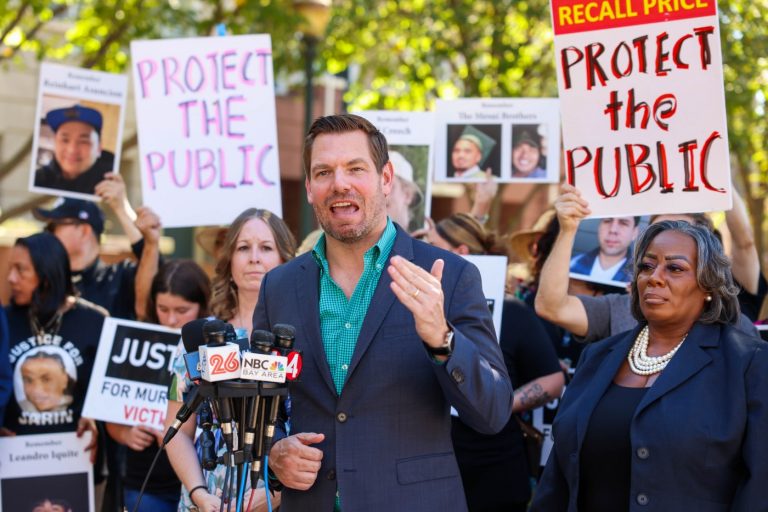

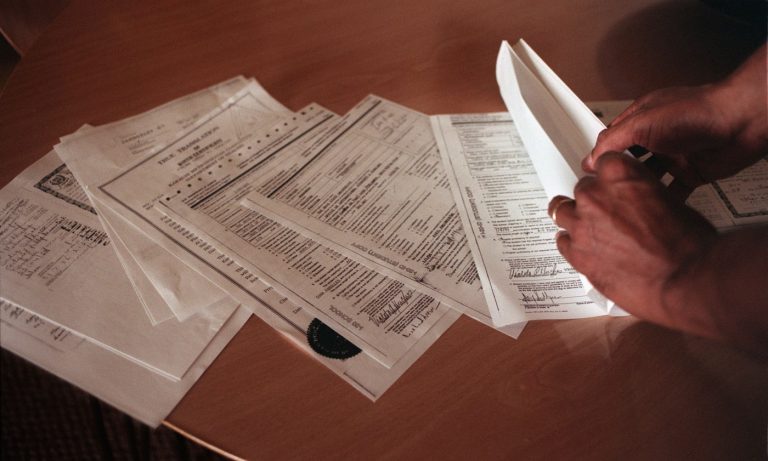
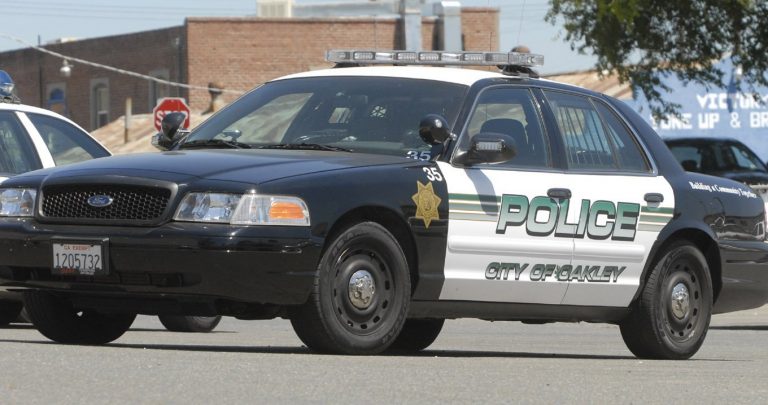

+ There are no comments
Add yours